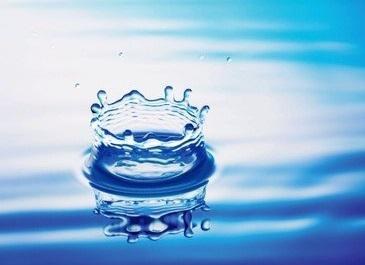The importance of aquaculture water quality detection

With the enhancement of people's consumption level and environmental awareness, consumers' dietary habits and structure has changed a lot, green aquatic products are more and more favoured by consumers, the safety of aquatic products is also gradually when people care about and pay attention to, and water quality has become the key to good fish.
Good or bad water quality and the growth of fish, shrimp and crabs have a close relationship, however, should be carried out in the aquaculture process of water quality analysis throughout the aquaculture process. The use of water quality sensor measurements, at any time to grasp the situation of water quality and the trend of change, to be able to make timely adjustments to maintain stable and good water quality, and make detailed data records. By making data analysis, a better understanding of the water quality and environmental conditions of fish and shrimp, to do green farming, data analysis will become the future development trend of scientific farming.
Several important indicators for aquaculture water testing:
PH: Fish in aquaculture water bodies with too low a PH are particularly sensitive to infectious fish diseases, respiratory difficulties and slow growth. Too high water body is strongly alkaline, corrosion of fish gill tissue, resulting in respiratory disorders, serious cases of asphyxiation of fish. Strongly alkaline water also affects the activity of microorganisms, which in turn affects the degradation of organic matter by microorganisms.
Nitrite: Nitrite is an intermediate product in the process of converting ammonia into nitrate, which is unstable and can be converted into nitrate with lower toxicity to fish under the action of microorganisms when there is enough oxygen, but it can also be converted into ammoniacal nitrogen with higher toxicity when there is a lack of oxygen. When the concentration of nitrite rises, fish feeding is reduced, gills are dark purple, breathing is difficult, swimming is slow, and commotion is uneasy; when the concentration is too high, fish action is weak, the fish body is soft, the bottom of the buttocks is yellow, and the function of some organs fails, which leads to death in serious cases.
Ammonia nitrogen: the main hazards of ammonia nitrogen: ammonia nitrogen concentration increases, then the fish have a mild toxicity, easy to morbidity, ammonia nitrogen concentration is too high, the toxicity of fish is greater, easy to lead to fish poisoning and morbidity, and even mass mortality.
Phosphates: Phosphates are not toxic to fish. However, high phosphates can cause algae blooms in the water, indirectly affecting fish growth. Excessive algae blooms consume large amounts of oxygen in the water, which is detrimental to fish growth. Phosphate has a more significant effect on algal growth than nitrate. The main source of phosphorus in the water is the leftover feed eaten by the fish. The amount of fish feed given can be adjusted according to the indicator of phosphate data, and the ideal level of phosphate should be below 0.05mg/L.
Dissolved Oxygen: Adequate dissolved oxygen in the water can inhibit the generation of toxic substances and reduce the content of toxic substances, while when the dissolved oxygen is insufficient, ammonia and hydrogen sulphide are difficult to decompose and transform, and can easily reach a level that is hazardous to the healthy growth of fish.
- Information Technology
- Office Equipment and Supplies
- Cars and Trucks
- Persons
- Books and Authors
- Tutorials
- Art
- Causes
- Crafts
- Dance
- Drinks
- Film
- Fitness
- Food
- Spiele
- Gardening
- Health
- Startseite
- Literature
- Music
- Networking
- Andere
- Party
- Religion
- Shopping
- Sports
- Theater
- Wellness



